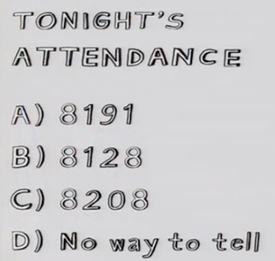
One of the keys to understanding the significance of the numbers the players wear is the duration of the "contract" between the player and the team. All three teams are representative teams. The Irish players represent their country while the hurlers represent their respective counties. Yesterday, they were in the team/squad for that particular game. It is unlikely that the team/squad composition for the next soccer international or the replay of the All-Ireland hurling final will be the same.
The numbers are placed on the shirts to faciliate identification of the players by the referee, the spectators at the game, those watching on television, and those commentators who are relaying the game to those not in attendance. The sporting organisations also leverage the numbering by selling match programmes that list the player numbers for spectators - this is a relatively larger source of revenue for the GAA given its stage of commercial development. Unlike the situation in the GAA, the shirts of each soccer player also carried that player's name. For an international soccer international, like yesterday's game against Georgia, the prime reason is to facilitate identification of the player so that particular player can be separated from his colleagues. However, when these soccer players return to their clubs the name on the shirt helps with another form of identification that is important commercially. The replica kit market is based on the consumer identifying with the team and the player. Imagine a parent trying to convince their Liverpool supporting kid that another red shirt (Manchester United) suits them just as well. Very few economists would suggest that Liverpool and Manchester United shirt are in the same market (and the UK competition authorities agree - see previous post here). The kid might also identify with a particular player. Again the parent would struggle getting the kid to accept the number 24 (with or without Joe Allen's surname) if the kid wants the number 8 jersey of Steven Gerrard.
The squad numbers assigned to the Irish players allowed the Irish manager to name his team closer to the start of the game than might otherwise be the case (as did the rule governing the naming of teams). In an interview on Saturday, Martin O'Neill explained how it was not his practice to name the team too early. Where a team is announced early then it might hand a strategic advantage to the opposition. Where it is believed the opposition obtain the team unofficially then it could be seen as breaching the rules (see Cardiff's complaint against Crystal Palace here).
Assigning numbers to players in the GAA is becoming more strategic/tactical. Yesterday, all the players did not lineout in the positions their numbers would indicate. The teams were also announced closer to game-day than would have been the case 20 years ago. In recent years Kilkenny announce their team on the Friday before the game (as most people know Kilkenny do strategy/tactics but they differ from most in that they don't make a big deal of it). The fact that the players did carry numbers 1-15 probably reflects the fact that history matters. Kilkenny and Tipperary are two of the top three hurling counties in terms of All-Ireland success. It is harder to justify changing something that is working. For successful counties a change might be interpreted as fear of the opposition. In two weeks time Kerry play Donegal in the All-Ireland football final. Kerry are the most successful football county. They will probably line out 1-15 (although they have been less likely to do so recently). Donegal are more likely to have a number from outside 1-15 starting the game. Donegal have 2 All-Ireland title whereas Kerry have 36. The second title was secured a couple of years ago under a manager well versed in strategic and tactical innovation. That manager is still in charge. We have less than two weeks to see what happens.
 RSS Feed
RSS Feed